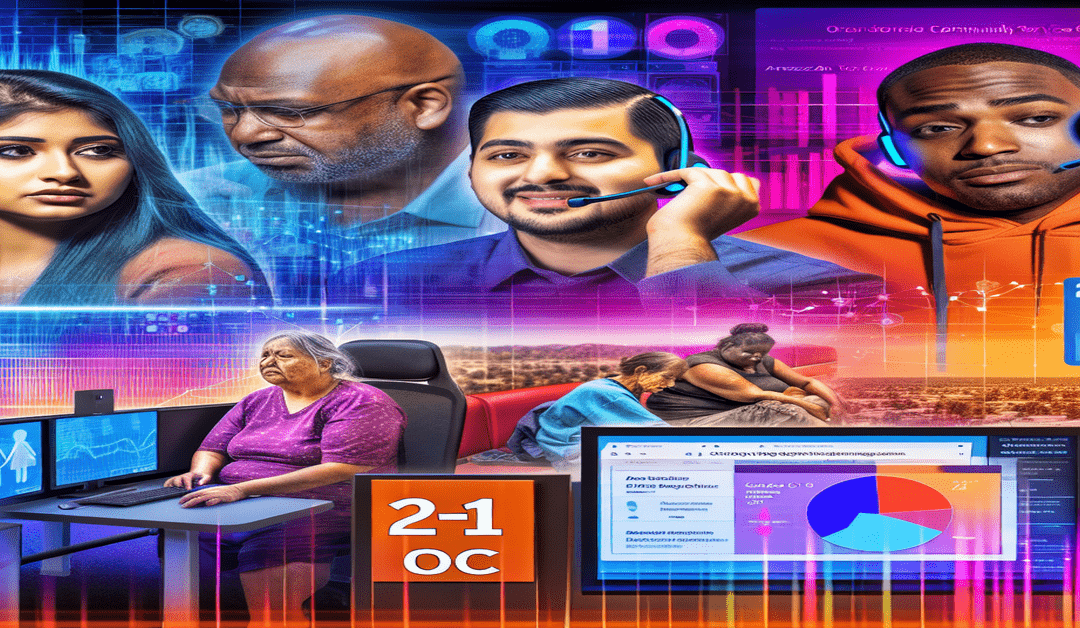OpenAI Unveils Groundbreaking Audio Models: Transforming Speech-to-Text and Text-to-Speech Capabilities
In a significant leap forward for AI-powered audio technologies, OpenAI has introduced a new suite of audio models that promise to revolutionize both speech-to-text and text-to-speech capabilities. The key models in this suite include GPT-4o Transcribe, GPT-4o Mini Transcribe, and GPT-4o Mini TTS. These cutting-edge tools are set to empower developers and businesses alike, enabling them to create more accurate, expressive, and engaging voice-based AI applications.
Enhanced Speech-to-Text Accuracy
One of the most impressive aspects of OpenAI’s new audio models is their ability to significantly improve speech-to-text transcription accuracy. Both GPT-4o Transcribe and GPT-4o Mini Transcribe have demonstrated superior performance compared to their predecessors, the Whisper models. By reducing word error rates, even in challenging conditions such as noisy environments and when dealing with diverse accents, these models open up new possibilities for accurate and reliable speech recognition across a wide range of applications[3][5].
This enhanced accuracy has far-reaching implications for various industries. In customer support, for example, these models can help businesses better understand and respond to customer queries, regardless of background noise or the customer’s accent. Similarly, in the realm of content creation, improved speech-to-text capabilities can streamline the process of generating transcripts for videos, podcasts, and interviews, saving time and resources while ensuring greater precision.
Customizable Text-to-Speech Styles
Another exciting feature of OpenAI’s new audio suite is the GPT-4o Mini TTS model, which allows developers to customize the speaking style of AI voices. This model can be instructed to speak in various styles, such as “like a pirate” or “as a bedtime story,” adding a new dimension of expressiveness and engagement to voice-based interactions[3][5].
The ability to tailor AI voices to specific contexts and audiences has the potential to revolutionize numerous industries. In education, for instance, customizable text-to-speech styles can be used to create more engaging and immersive learning experiences, with AI voices adapting to different subject matters and age groups. Similarly, in the entertainment sector, this technology can be leveraged to create more dynamic and believable characters in video games, animated films, and interactive experiences.
Seamless Developer Access and Integration
OpenAI has made it easy for developers to access and integrate these powerful audio models into their applications. By providing access through their API and the Agents SDK, OpenAI has simplified the process of creating voice-based AI assistants for a wide range of use cases, from customer support to language learning[3][5].
This ease of access and integration is crucial for driving adoption and innovation in the AI audio space. By lowering the barriers to entry, OpenAI is empowering a broader range of developers and businesses to experiment with and deploy these cutting-edge technologies. This, in turn, is likely to accelerate the development of novel applications and use cases, pushing the boundaries of what is possible with AI-powered speech and audio.
The Future of AI Audio: Custom Voices and Multimodal Experiences
Looking ahead, OpenAI has ambitious plans to further expand the capabilities of their audio models. The company has expressed interest in potentially allowing custom voices in the future, while maintaining strict safety standards. This would enable businesses and individuals to create unique, brand-specific voices that align with their identity and values[3][5].
Moreover, OpenAI is exploring the possibility of creating multimodal experiences that could include video alongside speech and text. This could pave the way for even more immersive and interactive AI applications, blurring the lines between the digital and physical worlds[3][5].
As the AI audio landscape continues to evolve, it is clear that OpenAI’s new suite of models represents a significant milestone. By pushing the boundaries of speech-to-text accuracy, introducing customizable text-to-speech styles, and facilitating seamless developer access and integration, these tools are set to transform the way we interact with and leverage AI-powered audio technologies.
Embrace the future of AI audio by exploring OpenAI’s new models and discovering how they can elevate your projects and applications to new heights. Share your thoughts, experiences, and ideas in the comments below, and let’s collectively shape the future of this exciting field.
#AIAudio #OpenAI #SpeechToText #TextToSpeech
-> Original article and inspiration provided by ReviewAgent.ai
-> Connect with one of our AI Strategists today at ReviewAgent.ai

